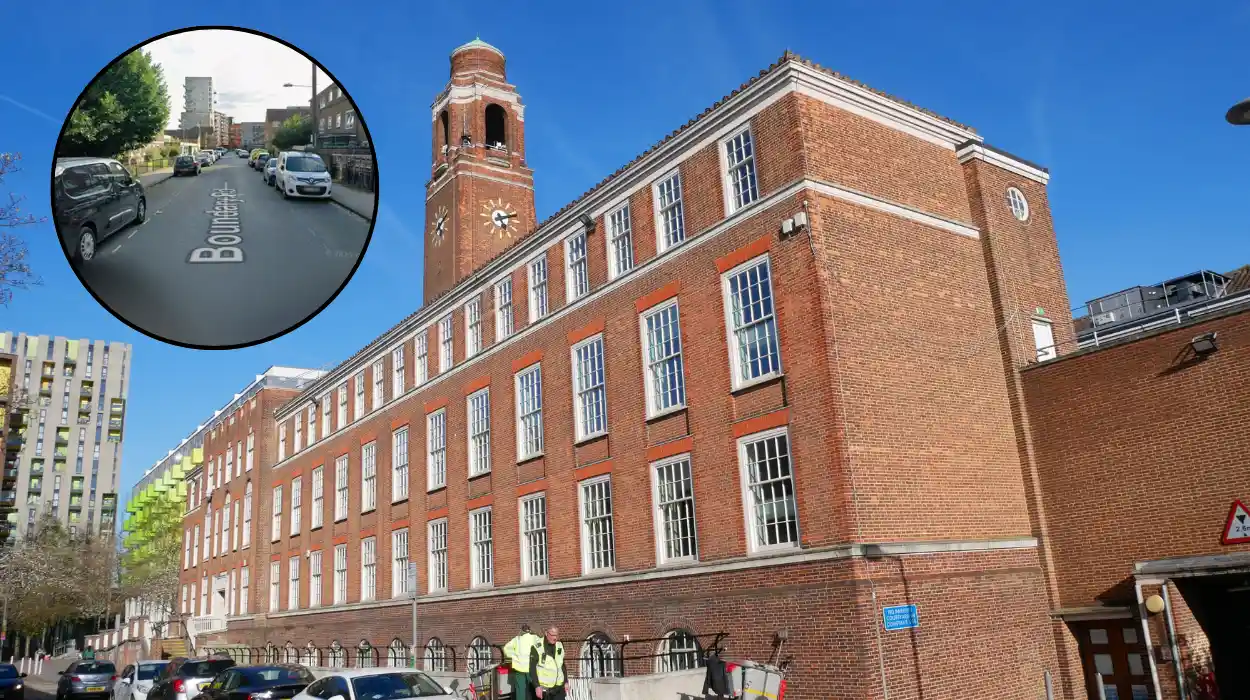Key Points
- Barking council is planning new parking restrictions within the borough.
- The proposed changes aim to improve traffic flow and reduce congestion.
- Local residents have expressed mixed reactions; some support the plan, others oppose due to inconvenience.
- The council has scheduled public consultations in the coming weeks.
- The new restrictions are part of broader traffic management measures introduced this year.
- The plans are aligned with ongoing efforts to enhance road safety and air quality in Barking.
- The decision follows recent surveys indicating high levels of illegal parking and traffic violations.
- Supporters believe the restrictions will benefit local businesses and reduce pollution.
- Opponents argue it could adversely impact residents and accessibility, especially for vulnerable groups.
- The council emphasises that the restrictions will be carefully implemented, with exemptions for essential services.
What Are the Key Details of Barking’s Proposed Parking Restrictions?
The London Borough of Barking and Dagenham has announced plans to introduce new parking restrictions across several areas within the borough. As reported by local media and confirmed by council officials, these measures are part of a strategic initiative aimed at alleviating traffic congestion and improving road safety, especially during peak hours. The proposed restrictions include limited-time parking zones, increased enforcement against illegal parking, and designated loading bays to support local businesses. The council has scheduled a series of public consultation events in the coming weeks to gather feedback from residents and stakeholders before finalising the plans.
Why Is Barking Implementing These New Restrictions Now?
According to the council’s official statement, the new parking restrictions are motivated by persistent issues related to illegal parking, which have contributed to traffic bottlenecks and reduced safety on key arterial roads. Recent surveys conducted by the local authority, as well as input from residents and business groups, have highlighted the need for more effective parking management. As Authority leader Cllr. John Smith stated,
“Our goal is to create a safer, cleaner, and more accessible environment for everyone in Barking.”
The measures are also aligned with the borough’s broader policies aimed at reducing air pollution and promoting sustainable urban mobility.
What Reactions Are Being Reported From Local Residents and Stakeholders?
Public reactions have been mixed. Some residents support the restrictions, citing their potential to reduce unnecessary congestion and improve air quality. Sarah Johnson, a resident of Barking Abbey, told local news outlets that
“the new parking rules could make a real difference in making the streets safer for children and elderly residents.”
Conversely, others, particularly small business owners and vulnerable residents, express concern over increased parking enforcement and possible difficulties in accessing shops and services. Local business owner Peter Lee commented that
“while we understand the need to improve traffic flow, there are worries that restrictions could negatively impact our customer base.”
How Will the Restrictions Be Implemented and Enforced?
The council has clarified that the restrictions will be phased in gradually, with clear signage and public information campaigns. Enforcement will be carried out by the borough’s parking wardens, and exemptions will be provided for essential services, including emergency responders and residents with special permits. The council has also committed to reviewing the impact of these measures after six months and making adjustments as necessary. As part of the consultation process, feedback on specific locations and timing will be collected to ensure the restrictions do not unfairly burden certain groups.
What Else Is the Council Doing to Improve Traffic and Transport in Barking?
The parking restrictions are part of a wider package of traffic management initiatives introduced by the borough this year. These include enhanced pedestrian crossings, new cycle lanes, and plans to expand park-and-ride schemes. The council’s transportation director, Maria Lopez, noted that
“we are committed to creating a more sustainable and accessible Barking, where residents and visitors can move safely and efficiently.”
The borough’s air quality monitoring stations have recorded pollution levels exceeding recommended limits on several occasions, reinforcing the need for these measures.
What Is the Broader Context of These Restrictions Within Greater London?
Barking’s new parking restrictions are consistent with London-wide efforts to tackle congestion and pollution. Transport for London (TfL) has been implementing similar measures in other boroughs, including Camden and Enfield, to discourage illegal parking and promote alternative transportation modes. The strategic goal is to achieve a cleaner, greener capital, aligning with the city’s climate action commitments. However, debates persist about the balance between restrictive measures and residents’ rights to accessible parking.
What Are the Next Steps for Residents and Stakeholders?
The council invites residents and stakeholders to participate in upcoming consultation events, which will take place over the next month. Public feedback will be carefully considered before the final decision is made and the restrictions are enforced. The borough authorities strongly encourage residents to visit the official website for updates and to submit their opinions online. This process aims to ensure transparency and inclusiveness in policymaking.
Barking’s new parking restrictions are a response to longstanding congestion and safety concerns, supported by surveys and community input but also met with resistance by some. The council stresses that these measures are necessary to advance broader goals of sustainability and road safety, with plans for phased implementation and ongoing review. As the public debate unfolds, the success of these initiatives will depend on balanced enforcement and effective community engagement.
Related News:
- Labour’s Rubina Siddiqui wins Barking and Dagenham Councillor by-election due to Cllr Glenda Paddle death
- Barking and Dagenham Council Joins Greener Schools Solar Panel Initiative
- Barking and Dagenham Planning Applications Include Garage Demolitions
- 651 New Flats Approved in Barking Riverside Thames New Town
